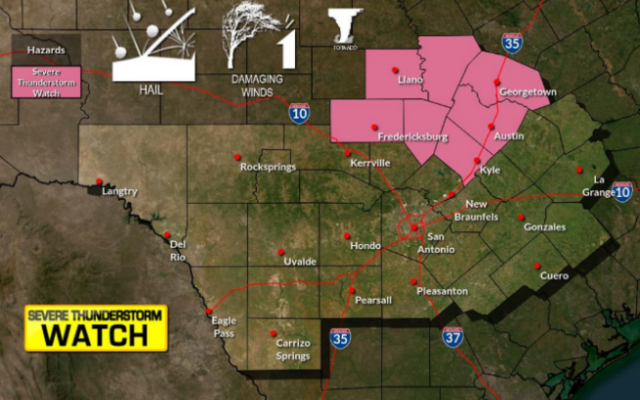Five migrants found dead in train near U.S. border

The victims were three Hondurans, a Mexican and another unidentified person, Mexico’s National Institute of Migration (INM) said.
They appeared to have taken the train, which came from the United States and was headed to central Mexico, in the wrong direction, authorities in Coahuila state said.
Railway security personnel found the bodies after seeing a foot sticking out of a moving railroad car near the city of Piedras Negras, according to the INM.
The probable causes of death include “severe dehydration exacerbated by heat stroke,” it said.
Many thousands of U.S.-bound undocumented migrants, most of them Central Americans, enter Mexico each year fleeing poverty and violence.
They risk their lives during a long and treacherous journey overland by bus, truck, freight train or even on foot.
The Mexican government said this month that it would step up security along its southern border in preparation for a possible new wave of migrants headed for the United States.
The two countries are bracing for an expected surge in arrivals if Washington ends a pandemic-era rule known as Title 42 used to quickly expel migrants, purportedly on health grounds.
Since it was first instituted by the Trump administration in March 2020, Title 42 has allowed U.S. officials along the Mexican border to carry out over 1.9 million expulsions of migrants, newly released data show.
U.S. Border Patrol agents stopped migrants entering the country unlawfully nearly 202,000 times along the southern border in April, a 4% drop from March, new government figures show.
While it is a slight decrease from the 209,906 Border Patrol apprehensions recorded in March, April’s tally shows that migrant arrests along the border with Mexico remained at a 22-year high, according to historical agency data.
Camilo Montoya-Galvez contributed to this report.
You Might Also Like



